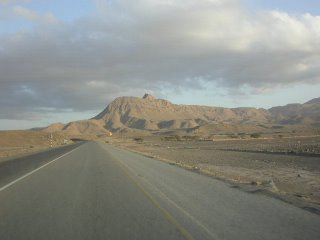
Ras al Hadd, a natural habitat for green turtles is around 70 Kms from Sur, a city on north-eastern coast of Oman. The drive from Ibra to Sur was completed in around two hours.
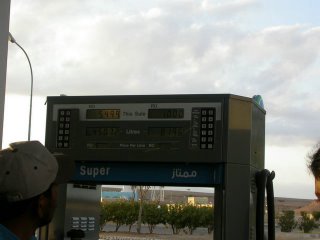
Fuel of the nation. One liter of gas is priced at around 35 cents (US) or Rs. 15. Even electricity is generated from gas here.

Minars at Sur.

The evening sun going down at the Sur seafront. Ras al Hadd is still some way to go.
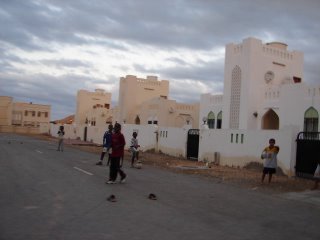
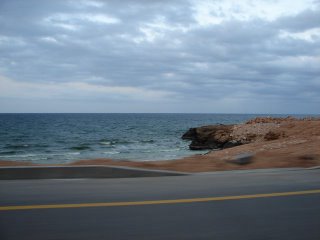
After zigzagging through the Sur streets, we were once again on the highway running along the Arabian Sea.
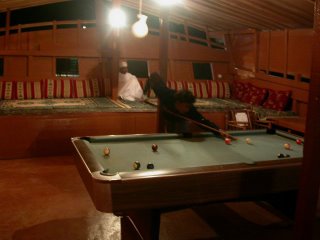
As the darkness set in, we reached a very aloof place called the Turtle Beach Resort. My bro hit the pool table soon while the Omani gentleman sitting in the background keenly observed his skills. It is imperative to point out here that all the Omani nationals (men) have uniform code across the country. The costumes of woman on the other hand vary in style from region to region. The men’s costume is called Dishdasha, a long sleeved, collarless gown that extends to the ankles. They also wear an embroidered cap called the Kummah.

The continental dinner was quite flavoursome.

We reached the beach (a conservation area) around 9:00 PM. After buying the entry tickets, we were asked by a Ranger to join the other tourists in a circle for him to explain to everyone, the behaviour of the green turtles. These turtles come to the beach in the nights to lay eggs. They come in hundreds in the months of June, July, and August. In January though, they do not frequent the beach in such numbers. It is a real tragedy that out of around thousand eggs, merely two or three go on to become fully grown turtles. And human beings are one of the reasons for this. These turtles live up to the age of around 150 years and can grow up to around 1.5 meters. Tagging them has showed that these turtles after leaving Ras Al Hadd reach places as far as Malaysia, Maldives and Somalia. Once out of the eggs, they come back to lay eggs only after around twenty five years. As of now, this is all I can recall. Soon, we were led into the beach in small groups (No camera flashes are allowed).

Now that’s a once in a lifetime shot. A green turtle laying eggs. I was lucky to have a carried a tripod. In the torch light, I was forced to have a very slow shutter speed.


Covering up the eggs, the most this mother can do to protect them

Almost done. Very soon, the turtle would leave for the sea to come back after four years. Truly, a hair raising experience! We headed back soon and reached home around 1:00 AM.



1 comment:
Post a Comment